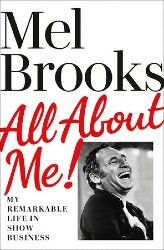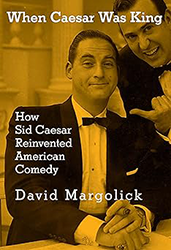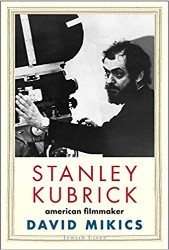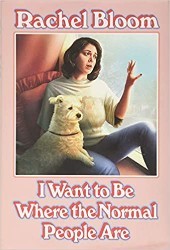Actors love to tell a story about Alfred Lunt and Lynn Fontanne, the celebrated husband-and-wife Broadway team. During tryouts of a new play, Lunt found that he was suddenly getting a laugh in a scene where he did nothing more than ask for a cup of tea. Delighted, he continued to work on the moment, but to his dismay the laughs only got weaker from performance to performance. “Darling,” his wife finally said to him one night, “try asking for a cup of tea instead of a laugh.”
In the years since, probably no American theatrical figure has been a greater proponent of this approach to comedy, than Mike Nichol. Following a sensational stint doing sketch comedy and improvisation with the remarkable Elaine May, Nichols made his mark as a stage director of two Broadway comedies by a young Neil Simon, Barefoot in the Park and The Odd Couple, before taking a huge leap to the big screen, directing Richard Burton and Elizabeth Taylor in the screen adaptation of Edward Albee’s Who’s Afraid of Virginia Woolf? The largely self-taught Nichols intuitively understood that the most memorable moments in both theater and film come not from striving for an effect, but from performing simple, truthful actions. Laughter is what happens on the way to a cup of tea.
Few directors had a better sense of what actions would suit specific actors than Nichols did, and Mark Harris’s new book Mike Nichols: A Life amply chronicles how his development of these principles revolutionized American entertainment, making the highbrow more accessible and the lowbrow more respectable. Only Nichols, perhaps, could have had the intuition to sense the kinship between Simon’s Oscar Madison and Albee’s Martha and the audacity to import business from The Odd Couple into Virginia Woolf, so that both pieces, different as they are, begin with recognizable people foraging in their refrigerators for leftovers.
The cast of characters in Nichols’ life was truly daunting, beginning with two people he never knew; Albert Einstein was a distant cousin, and his maternal grandmother translated Oscar Wilde’s Salome into German and adapted it to serve as the libretto for Richard Strauss’s landmark opera of the same name. Professionally, he developed long and fruitful relationships with actors from the Burtons to Meryl Streep, Robin Williams to Natalie Portman, Dustin Hoffman to Jack Nicholson. And seemingly all of New York’s cultural icons at the time — Leonard and Felicia Bernstein, William and Rose Styron, Philip Roth, and so on — were part of his circle.
All these people and more populate Harris’s vastly entertaining book, which, though subtitled A Life, is less a biography than a project-by-project chronicle of Nichols’ roller-coaster career. All the obligatory anecdotes are here, from his escape at age seven from Nazi Germany aboard the SS Bremen in 1939, speaking no English and accompanied only by his younger brother, to Hoffman’s famously inauspicious screen test for the leading role in The Graduate, to his struggle to direct the undirectable Orson Welles in the misbegotten screen version of Catch-22. Wives and children, drugs and money — they all come and go.Not even his long marriage to Diane Sawyer nudges his career into the background. In part, this is because Harris finds the self-dramatizing Nichols hopelessly opaque, but mostly it’s just that the stories behind films like Carnal Knowledge and Primary Colors, and of the New York glitterati at their most glittery, are far more interesting.





